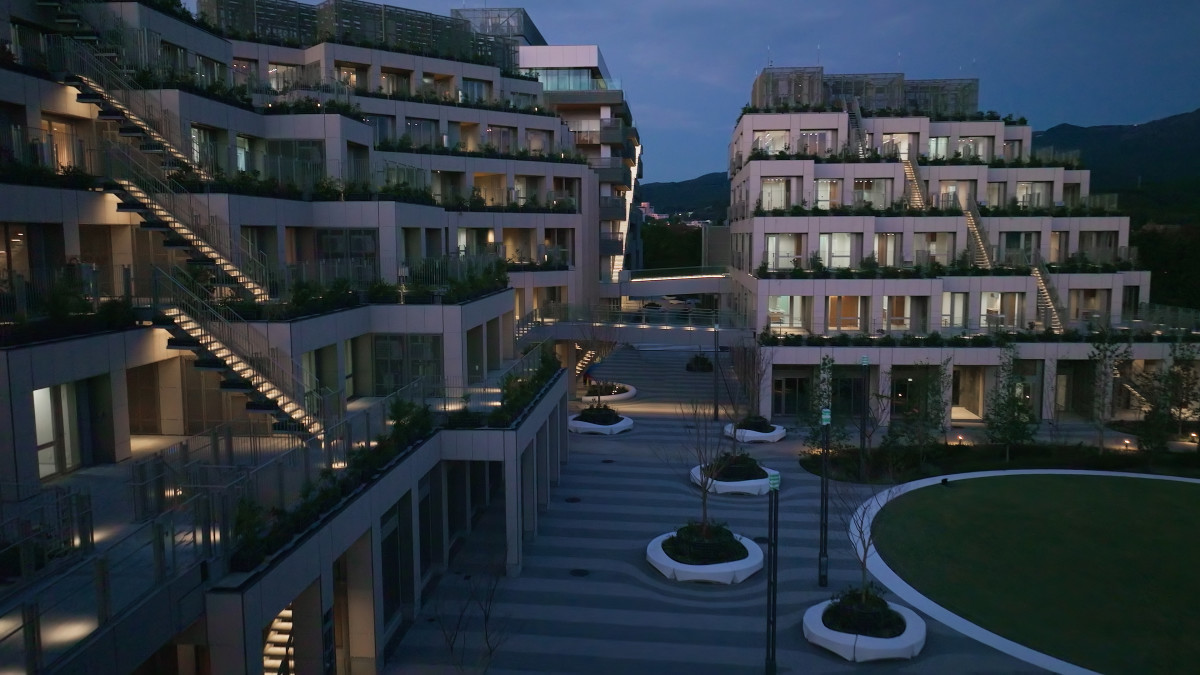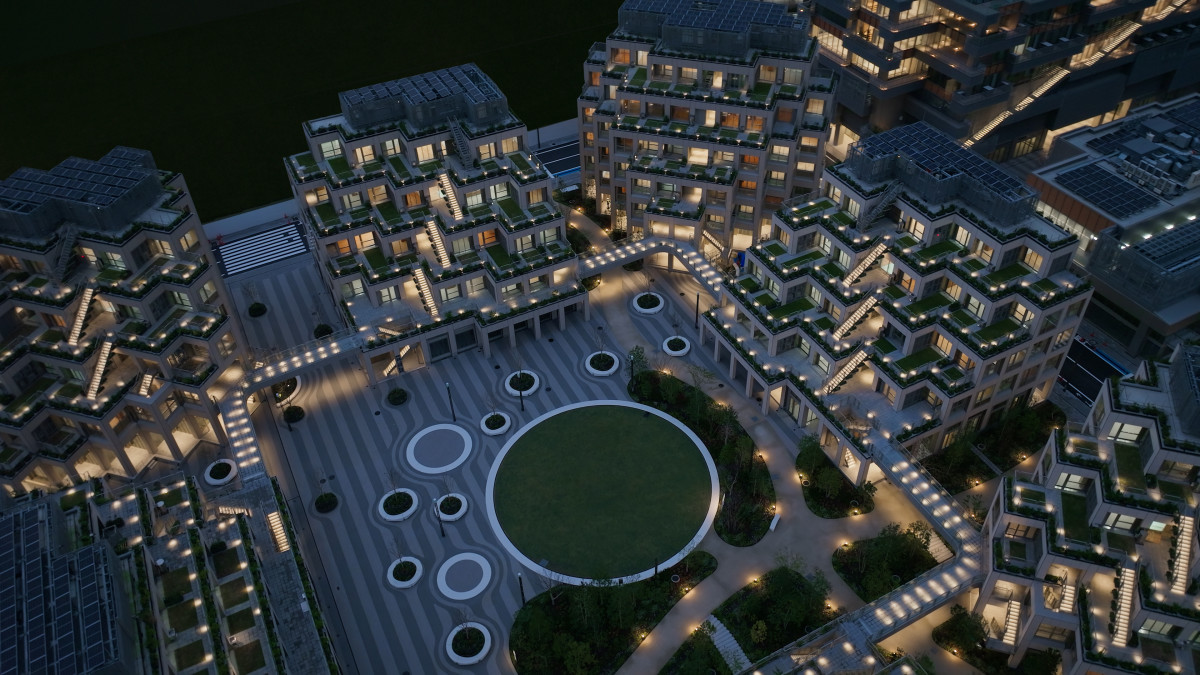Toyota, the world’s top automaker by sales volume, has already earned a spot in history books, but the company has its sights set on more than just automobiles. Toyota’s Woven City marks a turning point in its transformation from an automotive manufacturer to a mobility company. A literal city designed as a testing ground, Woven City allows designers and engineers to test their latest inventions in real-time with real people.
Related: The art of telling compelling stories with automotive photography
Toyota’s Woven City will act as a “living laboratory”
Toyota’s Woven City aims to influence the future of mobility as it pertains to people, goods, information, and energy. The city will act as a “living laboratory,” allowing engineers and designers to create and test their projects to better adhere to customer needs.
The city will be made up of two groups: Inventors and Weavers. The first group, Inventors, includes Toyota Group, startups, institutes, and partner companies that will have the opportunity to get real-world data for their creations. Weavers, the residents and visitors, will put the new technology into practice.

Toyota
Currently, the list of partners includes coffee companies, instant noodle vendors, air conditioning companies, educational companies, and soft drink companies. These companies innovate in areas such as testing pollen-free spaces, vending machine concepts, food cultures, futuristic café experiences, and leveraging data to improve education methods and learning environments.
Toyota’s Woven City defines its existence in three points:
- Purpose: To drive the future of movement and enhance well-being for all.
- Vision: To inspire a world where the expansion of mobility redefines what’s possible.
- Mission: To pave the way toward the next generation of movement on a test course that empowers innovation.

Toyota
By giving inventors a real-world testing ground, Toyota’s Woven City will help speed up the development of the automaker’s technologies. Inventors won’t be limited to a conventional lab testing facility and will instead be able to integrate their products and services into the daily lives of residents.
One particularly interesting tool offered to inventors is the Woven Inventor Garage, a co-creation environment that provides access to the latest cutting-edge technology to support them throughout their journey.
Related: European automakers face a “perfect storm” as sales stagnate

Toyota
Digital Twin, for example, is a virtual simulation of Woven City where inventors can conduct tests and scenarios on a digital platform before they enter a real testing environment. Some of Woven City’s initiatives include automated driving services, smart logistics, and remote communications. So far, the Woven City project has cost a jaw-dropping $10.13 billion.
The first residents will arrive in the fall of 2025
Toyota first introduced the Woven City concept five years ago, with the groundbreaking ceremony taking place on February 23, 2021. The city is situated at the former site of Toyota Motor East Japan’s (“TMEJ”) Higashi-Fuji Plant in Susono City, Shizuoka Prefecture, Japan.
Just a few weeks ago at CES 2025, Toyota Chairman Akio Toyoda announced that phase one was officially complete. Now Toyota is ready to start moving people in, with the first residents scheduled to arrive in fall 2025.

Toyota
The initial 100 residents will include Toyota staff and their families, with a limited capacity of 360 residents during phase one. Partner families are scheduled to move in at a later date, and by 2026, Toyota aims to increase the population to 2,000 inventors and weavers, as well as open the city to the public.
Related: Canoo capsizes, joining the growing list of EV startup casualties
Toyota’s Woven City Toyota
View the 14 images of this gallery on the
original article
Toyota’s Woven City marks a step in transitioning from automaker to mobility company
At its inception, “Woven by Toyota” was a separate company, but the automaker implemented plans to change that last year. As of 27 September 2024, Toyota owned a 95% stake in Woven and planned to buy the remaining 5% by the end of October. With the consolidation, “Woven by Toyota” became an official subsidiary of Toyota Motor Corporation.

Toyota
As reported by Toyota Times, the remaining 5% stake was held by Akio Toyoda, Chairman of Toyota. Chairman Toyoda bought his initial stake for five billion yen, but concerns over potential conflicts of interest over his positions as representative director and shareholder prompted him to sell. Toyota offered 5.1 billion yen, or $32.8 million, for his shares in “Woven by Toyota.”
Related: Tesla hits Canadian buyers with major price hikes — here’s what’s changing

Toyota
Toyota’s acquisition of Woven coincides with the rollout of its Arene vehicle operating system and platform, which is expected to begin in 2025. With this move, Woven by Toyota will shift from developing products independently to working on projects specifically for Toyota. Toyota executives have already taken lead roles at Woven, with Hajime Kumabe leading the charge as CEO.
Interestingly, Toyota’s move to mobility company isn’t limited to the ground. Woven by Toyota also announced its investment in Interstellar Technologies Inc., a space infrastructure company that specializes in rockets. Per the press release, because this sounds a little out of this world, Interstellar Technologies Inc. “…will leverage Toyota’s expertise to support the mass production of rockets.”
Phase Two of construction is already underway
With phase one complete, Toyota isn’t wasting any time and has already begun site preparation for phase two. Insights gained from phase one will help refine Woven City’s functionality in phase two and all upcoming phases. As such, the city’s functionality will always be subject to enhancement.

Toyota
Toyota hasn’t given us much to go on when it comes to expectations for phase two. With plan refinement dependent on phase one, however, it could be some time before we learn anything more about the future of Woven City.
Final thoughts
Woven City sounds like something out of a science-fiction novel, frankly, but seeing it come to life is pretty cool. While some are calling Woven City an expensive concept, its actual use case is solid and could yield results that truly change mobility in a fantastic way.
Would you live in an automaker’s dedicated city with the premise of helping them develop their future products? Or does that sound too “1984” for your tastes?
Related: The Acura RSX follows the Mustang Mach-E and becomes an EV SUV